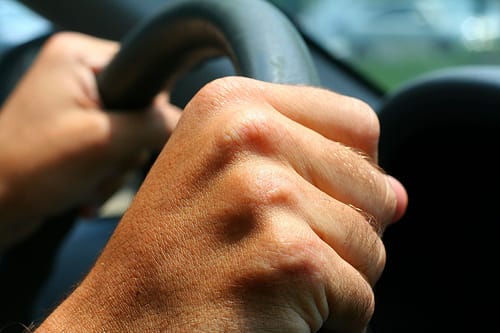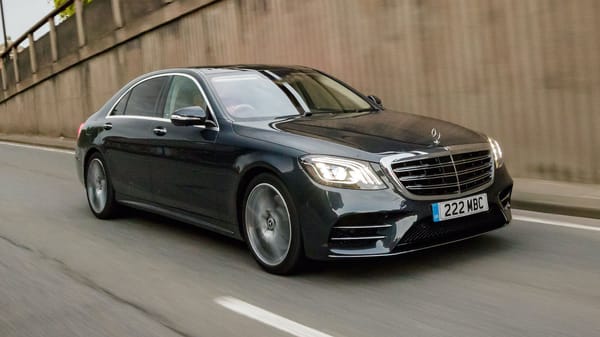Your Guide to Test Driving Cars In the Quest of Finding a Quiet Vehicle

Are you dissatisfied with your current car in terms of its excessive interior noise level; be it road noise, wind noise, engine noise and/or miscellaneous rattles and squeaks? And do you feel a bit confused as to how to best find a quieter car that suits your needs?
I would like to share some of my learnings from having test driven a wide range of cars with the objective of assessing the relative noise levels inside the cabin of the cars.
Here are some key learnings:
Do research and come up with a well-informed shortlist
Read articles and independent tests about the relative quietness/noisiness of different cars. One thing to really watch out for is that most new car reviews are based on the journalist driving the car on very smooth road surfaces, which will generate substantially lower decibel ratings compared to driving on rougher, more 'real-world' surfaces. Talk to car salespeople and automotive journalists about the relative noisiness based on driving the car on more regular surfaces. Ask friends and acquaintances about their experiences. And arrive at a shortlist of cars to test drive. Make sure to pay attention to that different technical platforms may differ substantially with regards to the interior noise level. Hence, the specific model year of the cars you test drive are of high relevance.
Identify comparable cars in your area to test drive
You will want the cars to be as comparable as possible in order to be able to make an informed buying decision, so if you are looking for a quiet car, try to find vehicles that have as small wheels as possible for that particular model.
If you e.g. wish to compare the BMW 5 Series to the Mercedes E-Class, it will be tricky if the BMW has 17-inch wheels on and the Mercedes 18-inch wheels. Unavoidably, it will be likely for the cars to have different tire/tyre models on, which in itself will make a noise comparison tricky (tires/tyres may actually have quite a large effect on the level of road noise generated inside the cabin), but at least try to compare cars with the same wheel size since the wheel size most commonly have a direct effect on the level of road noise.
I have seen cases though where a car was quieter with 17-inch wheels and a quiet tire/tyre model on, than with 16-inch wheels and a noisy tire/tyre on. Which goes to show that the dynamics between wheel size and tire/tyre model is important to take into account.
I'm located in Sweden, and since our market's service-mindedness is absolutely lousy NOT ONE car dealer has offered me the option of changing the wheels of a car that I wished to test drive. But if you are living in a more customer-friendly market, and you really would like to test a particular Volvo V70 with 16-inch wheels instead of the 18-inch that are mounted on the car, then ask if the dealer can be so kind to make a switch before your test drive. You could even offer a small sum of money for the time it would take them to switch wheels.
Focus both on the objective and subjective interior noise level
I recommend you to bring a sound meter with you so that you can record objective measurements of the decibel/dB level of the noise. If the sound meter does not also pick up the actual frequency range of the sound, then the decibel number will not tell the entire story.
But that's why you need to combine the objective measurement with actively listening to the noise with your own ears. It varies between inidividuals which types of noise (on which frequency ranges) that are perceived as aggravating and unacceptable, so each person has to make a judgment call as to how he/she perceives it in a given car.
It may be tricky to evaluate the noise both via sound meter measurements and subjectively via your ears, so I highly recommend you to bring a friend to the test drives. Have your friend sit in the backseat and measure the decibel level in three different places - in the middle at the front of the cabin, around the left ear of the driver (the right ear if you are in a market with left-hand traffic) and in the backseat area.
Do the sound measurement at idle engine speed as well as at a few different speed levels including varying intensity of acceleration and at full throttle.
Test drive the cars on the same roads
This one can be tricky since the car dealers you will be visiting may be located far from each other, but in order to really be able to assess the differences between different cars you will want to drive them on the same type of road surface (with the same types of smoothness/roughness) and in similar wind conditions. The reason being that the actual road surface can have a tremendous impact on the level of road noise generated and the wind conditions can lead to strongly varying levels of wind noise.
The best strategy is to try to test drive cars on a mixture of smoother and coarser/rougher surfaces so that you will get a real feel for how the car will behave in different situations. If you don't consider this and only test drive on a smooth road surface, then you might end up owning a car with painfully excessive road noise as soon as the wheels hit a coarser/rougher road surface.
If you are unable to test drive the cars on the same roads, drive around with your own car to be able to assess the level of coarseness prior to the test drive. Since you know your own car's behavior on different surfaces, you will be able to get a feel for the types of roads you will be test driving on. If your car is noisy, then even better, because it will be more sensitive in terms of noise level when the road surface changes.
I hope these pointers can be of some help to you in your search for a quieter ride.
Special thanks to Rossi for sharing his experience.
If you have additional test drive insights not covered here, please let us know and comment below. We would love to hear from you!
Image: Nate Steiner

